.png.transform/rendition-xs/image_image%20(1).png)
Amontillado: Sherry’s Renowned Dual-Aged Style
Amontillado undergoes a double solera ageing process – firstly biological, under flor yeast, and then oxidatively - making it particularly complex and intriguing. We explain how this type of sherry is made, before exploring different styles and pairings.
Considered to be one of the most representative styles of sherry, Amontillado is a favourite of many of the region’s winemakers, such as Antonio Flores at González Byass, who named one of his dogs Monty in its honour.
It also has literary credentials, in Edgar Allen Poe’s macabre short story, A Cask of Amontillado, the narrator tells of using a butt of rare Amontillado as a lure to tempt Fortunato, a man “who did him a thousand injuries,” into his cellars, “The Amontillado!” his victim implores, as he meets his grisly end. His desire is understandable - with classic aromas of hazelnut and a savoury finish - Amontillado offers manifold nuances of flavour and is hugely versatile.
Production method
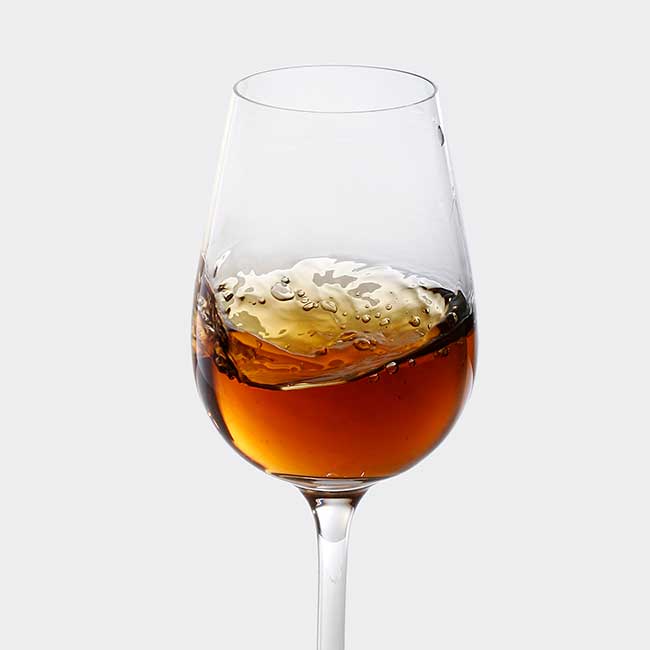
Amontillado starts out as a Fino or Manzanilla, depending where it is aged, so the first stage is to make a dry base wine using Palomino grapes grown within the Sherry triangle. In many wineries, the grapes they usually use for Fino, and subsequently, Amontillado, come from certain “pagos” or vineyard districts, often in areas exposed to the westerly poniente winds that give lighter wines – such as Balbaina or Añina – or those with the chalkiest albariza soils at higher altitude – such as Macharnudo - that give a very lean, mineral profile. These are often blended, although some wineries, such as Osborne, make different styles of Amontillado from different vineyards – their 51-1ª Amontillado VORS is sourced from Macharnudo and Solera AOS from Balbaína.
Once fermented to around 11.5º alcohol, the wines are classified, and those selected for Fino are fortified to 15.5º to allow flor- the yeast that forms on the top of Fino and Manzanilla sherries – to grow, before being used to refresh the solera. This layer protects them from oxygen and adds flavours of almonds and bread dough. The flor can either be left to die naturally, a process that takes around 7-8 years, or the winery can refortify to 17º to kill the yeast. The wine then undergoes a period of oxidative ageing in an Amontilado solera.
This means that Amontillados take on a golden or amber hue and combine the fresh, bready, salty and floral notes that you find in Fino with the notes of nuts and dried fruits typical of Oloroso.
Different styles of Amontillado
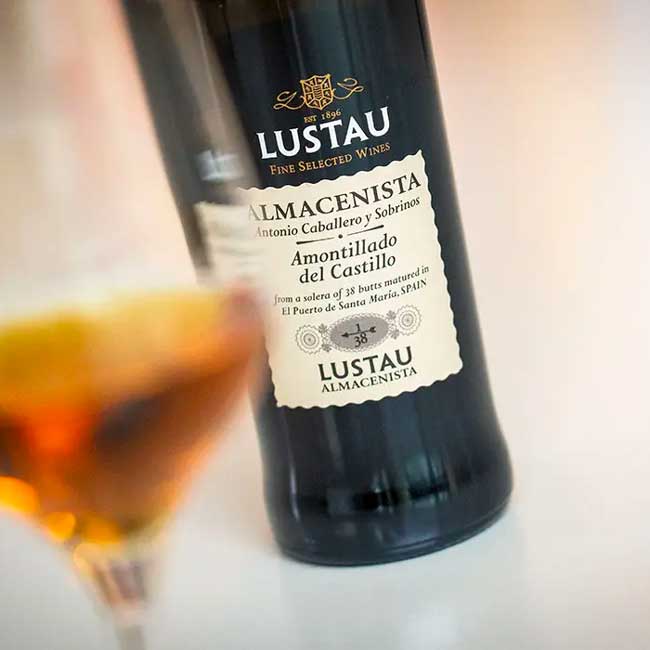
Of course, not all Amontillados taste the same, and there are many factors that influence their character - aside from the origin of the base wine, which I’ve already mentioned - the level of fortification and the location and duration of ageing are also key.
You may have heard that Manzanilla is basically a Fino that has been aged in the coastal town of Sanlúcar de Barrameda, where the cooler temperatures encourage flor growth. Manzanilla can also undergo oxidative ageing to become an Amontillado (NB. Until recently these wines were known as Manzanilla Amontillada).
Lustau produces an Amontillado de Sanlúcar in its Almacenista range, which shows the area’s typical piercing palate, with a blend of nuts, salted caramel, orange zest and briny, iodine notes.
For Sergio Martínez, winemaker and capataz at Lustau, Amontillados from Jerez are usually more intense and fuller-bodied compared to the style from Sanlúcar, where the wines age more slowly. Those from El Puerto de Santa María are also very saline.
But, the amount of time it is aged is also very important, he explains, “The magic of Amontillado’s double ageing process gives us winemakers a lot to play with. As well as being able to combine the two processes, we can also decide how to age them, either giving them more time under biological or oxidative ageing or even choosing if the process of flor loss is natural (as it lessens over time) or if we re-fortify at a certain moment.”
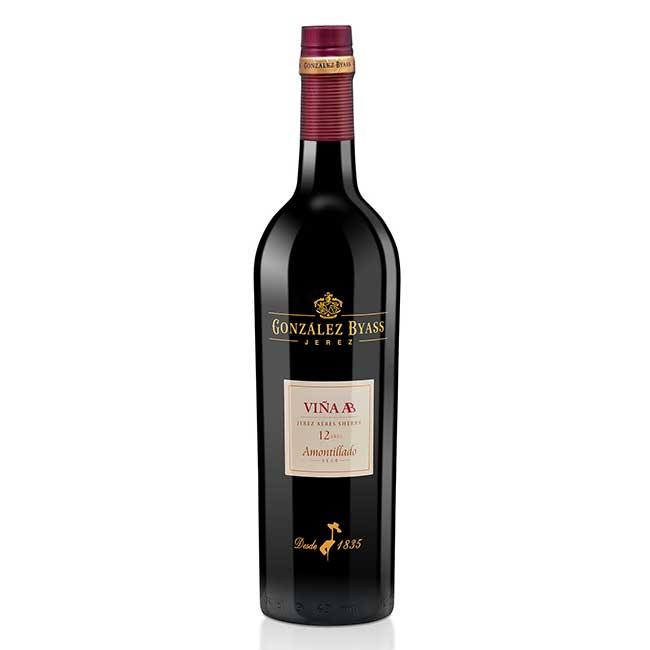
Some Amontillados undergo more biological and less oxidative ageing for a fresher, crisper style, for example, González Byass’s Viña AB. In this case the Fino, which is essentially Tio Pepe, is not fortified before being added to the Amontillado solera so the flor yeast dies out naturally, after almost eight years, before it undergoes four years’ oxidative ageing. For winemaker Antonio Flores, this means that it is a wine on the limit of biological ageing, “on the cusp of life and death”, with notes of bread dough on the nose, a fine, saline palate and only very subtle notes of oxidative ageing.
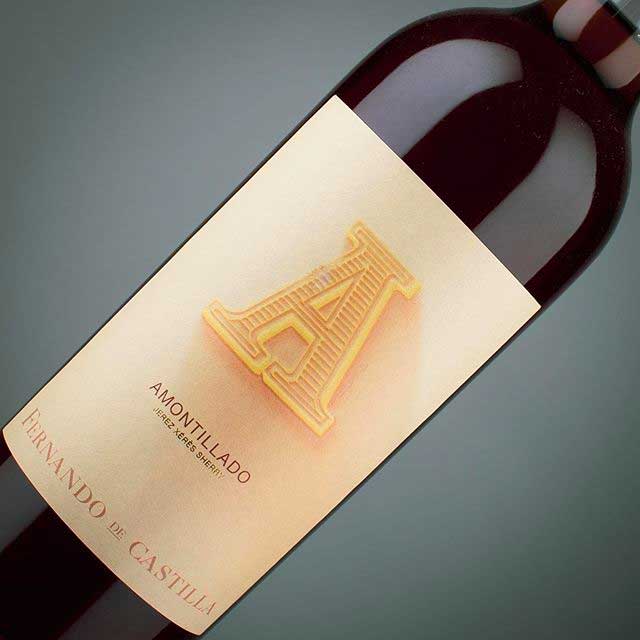
Wines that are aged oxidatively for twenty years or more, such as Fernando de Castilla’s Antique Amontillado, become much more like an Oloroso on the nose, with nuts, dried apricots and candied orange peel, although the palate is still very savoury and lean, finishing on notes of jamón serrano.
Amontillados are also made in the VOS or VORS categories and aged for 20 and 30 years respectively. These older wines often become more concentrated with time and evaporation leads to alcohol levels of up to 22º.
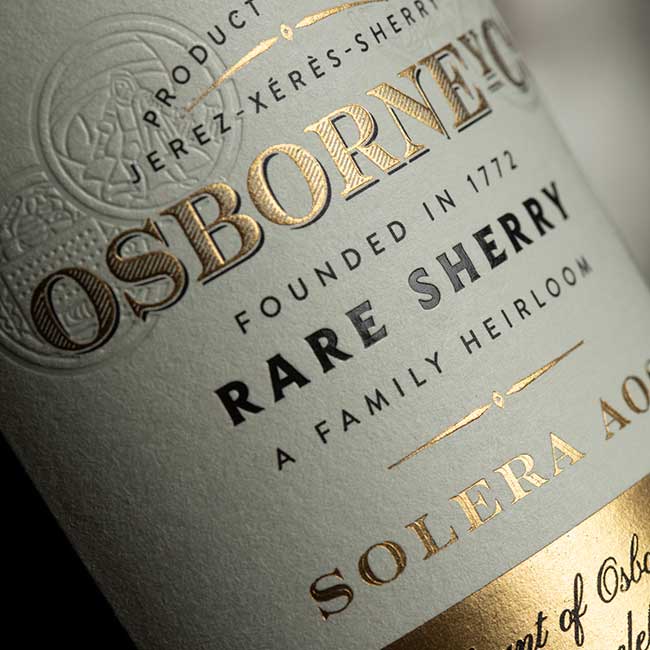
Osborne’s RARE Solera AOS shows the complexity and concentration of more than 25 years of ageing. Elegant notes of polished wood, walnuts, malted bread dough and caramelized orange peel enthral on the nose. Very intense on the palate, it manages to combine savoury notes of bacon rind and salted nuts with sweeter touches of turrón and marzipan. It has a rich, silky mouth-feel due to its high glycerine content, and a saline finish. Sublime.
Food pairings
Sherries are famously versatile and Amontillado is no exception. The classic match is with consommé, but it is stunning as an aperitif with nuts, jamón ibérico and mature cheeses and the Sherry Institute says “anything that flies” – roast chicken with a sauce made with a dash of the Amontillado that you are serving alongside is certainly a good idea. Osborne recommends serving its RARE and VORS Amontillados with dishes that include rich, fatty, bitter, smoked or even spicy flavours, such as stews, oven baked fish and mushroom dishes.
Text: Anna Harris-Noble

